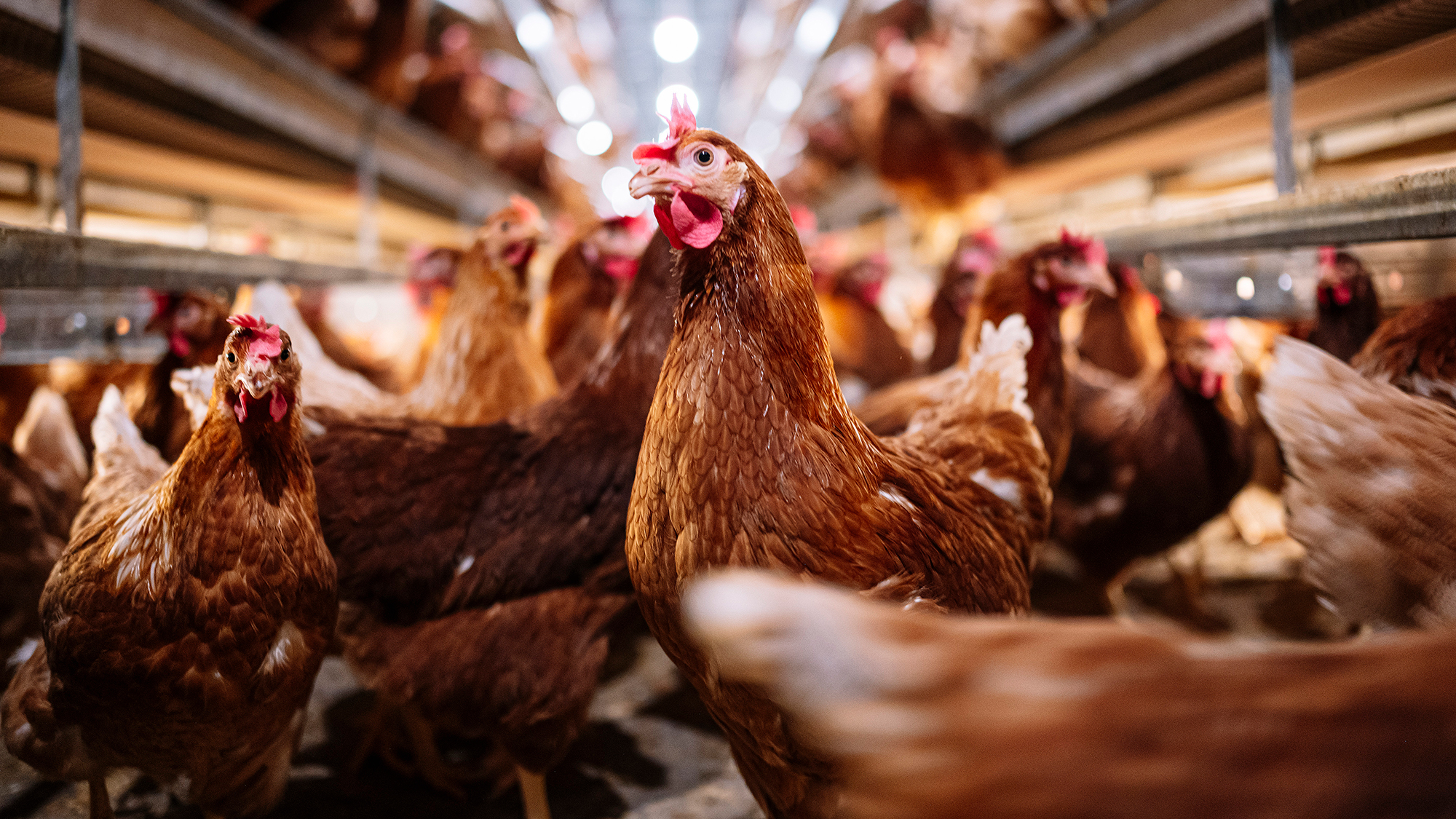Infection
Bird Flu Emerges Again: Officials Record Two New Infections
Cambodian health officials have reported two new cases of human H5N1 bird flu that’s left a woman, 21, and her 4-year-old next door neighbor hospitalized in intensive care.
The cases were recorded in the Kampot province, in the southern region of the Asian nation. This brings the total bird flu cases in the country to six for the year, according to Cambodian health officials. Kampot is around 100 miles southwest of Prey Veng, the Cambodian province that recorded many of the other bird flu cases this year.
Dead chickens were found at the adult woman’s home and in her village, the Cambodian health ministry announced on Nov. 23.
Avian Flu Diary, which posted a translation of the announcement, said she became sick on Nov. 19 and developed symptoms including a fever, labored breathing, and a cough.
She was rushed to a hospital on Nov. 23 and currently is being treated in the intensive care unit.
Emergency response teams from the health ministry launched an investigation to uncover the source of transmission and any additional cases. They also distributed Tamiflu, a medicine used around the world for influenza viruses, to residents and raised awareness in the community about the virus.
A day later, the health ministry announced a second case found in a 4-year-old girl. The young girl had carried a dead chicken and then became ill on Nov. 23 with a fever, cough and rash.
The child was also treated with Tamiflu, hospitalized on Nov. 25, and is receiving treatment in the intensive care unit.
When two earlier cases in Cambodia were discovered, the U.S. Centers for Disease Control and Prevention (CDC) in October said that the patients lived in two different provinces, and that both infections “likely resulted from exposure to infected poultry.”
“Recent die-offs in poultry caused by H5N1 bird flu have been reported in parts of Cambodia, so sporadic H5N1 bird flu human infections are not surprising,” the CDC said.
“At this time, there is no indication that these two human infections with H5N1 pose a threat to the U.S. public,” the agency said, adding that it was working with Cambodian officials and other groups to respond to these cases.
The avian flu can jump from birds to humans when a person gets fluids from infected fowl into their nose, mouth or eyes. While this means the virus poses little risk to the typical American, people in rural areas or with backyard flocks could be potentially at risk.
While human-to-human transmission is rare among the currently circulating strains, there is potential for the virus to mutate in a way that primes it to cause a pandemic in people. The more it spreads among birds, the increased chance it has of mutating in a way that allows it to jump to humans.
Last month, more than 100,000 turkeys in Minnesota were affected by a bird flu outbreak.
The outbreak has affected nearly 60 million domesticated birds in America since it first began early last year. This does not include the countless number of wild birds who have died from the disease.

